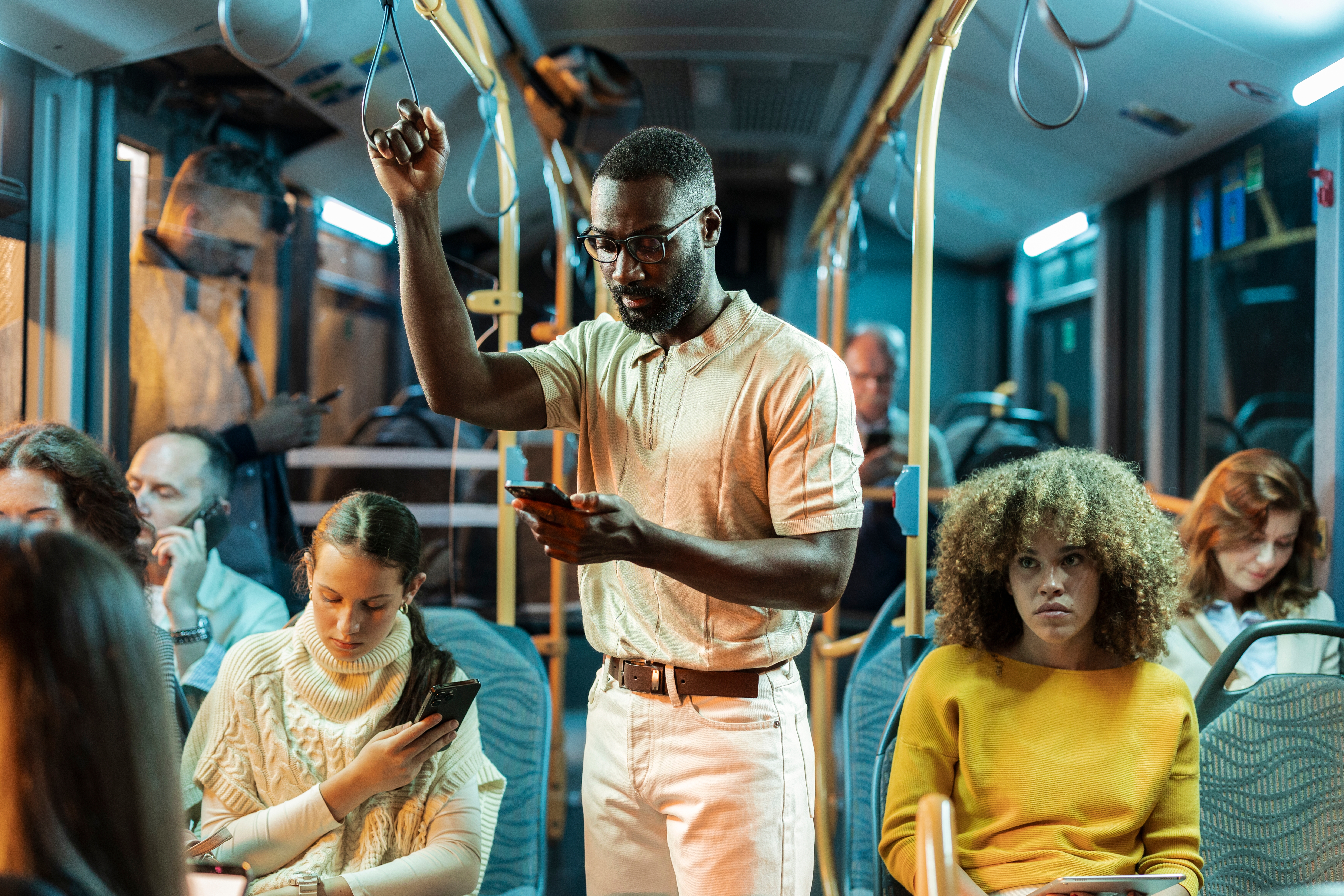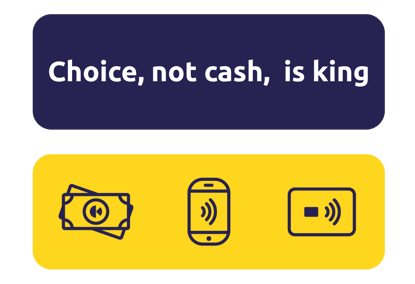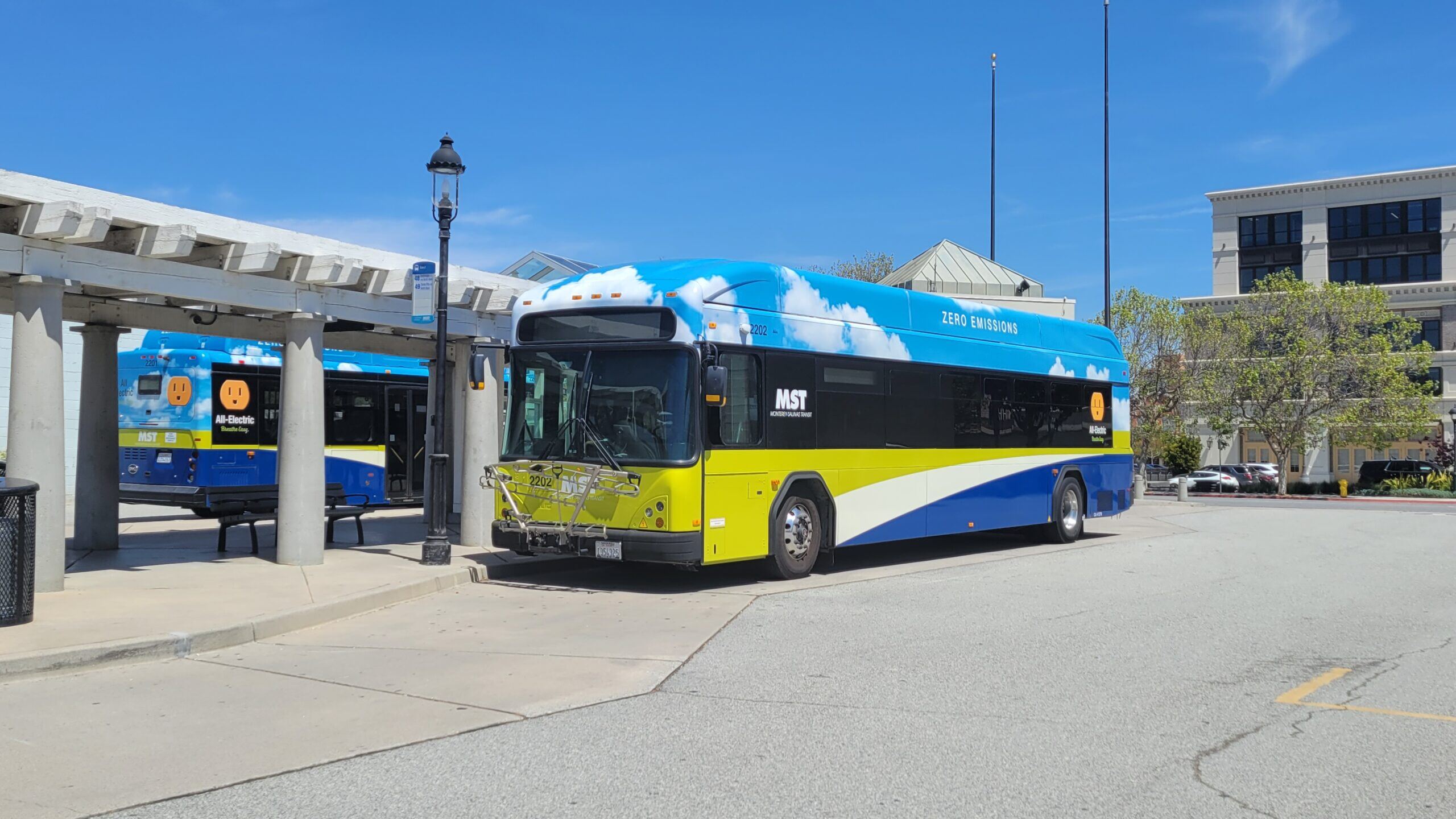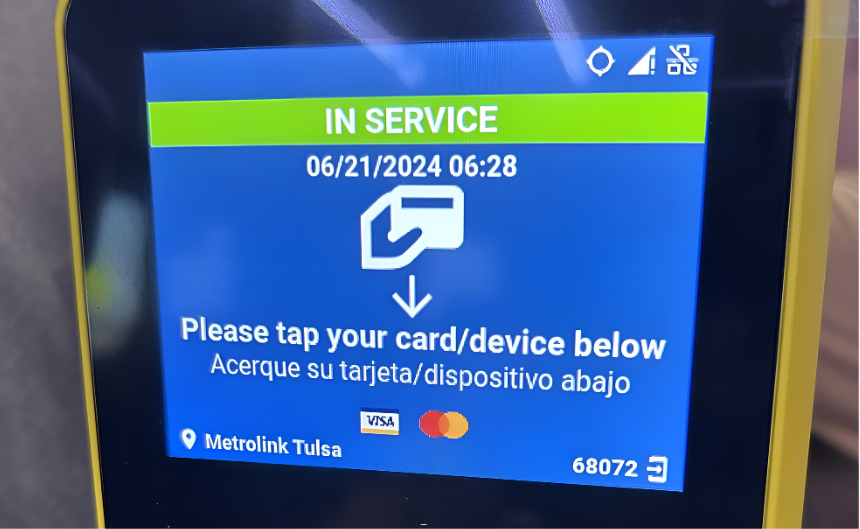
For many transit agencies, a number of persistent questions seem to block the route to modern fare collection. Can we afford it? Can we manage the complexity? Will this shut riders out? And, most of all: do we really need to make a move right now?
Those working in smaller agencies, in particular, might look at big-ticket projects like New York’s OMNY roll-out and think, “There’s no way we could ever do that". For anyone in those agencies advocating for modernization, these doubts undermine their argument that change is imperative, now more than ever.
The reality is that many of the fears agencies have are unfounded. Today’s modular, off-the-shelf solutions mean they don’t need to build from scratch, or hire expensive consultants, to offer contactless EMV or mobile ticketing. There are smart ways to buy this technology that make it increasingly accessible.
Early adopters like Monterey-Salinas Transit (MST) and MetroLink Tulsa (MTTA) are great examples of agencies that have taken advantage of simple routes to procurement and deployment, and they're proving the value: MST increased ridership by nearly 49% in two years, while Tulsa cut cost per passenger by 14%.
This is what’s possible for agencies willing to move into the future of fare collection. But in order to set doubts aside, we should first confront them head on.
Doubt #1: “We can’t afford new forms of fare collection”
Historically, open-loop systems have only been attempted by large agencies and cities. Smaller players counted themselves out, balking at the cost: of the system itself, of consultants to lead the procurement process, of deployment, and of training staff to operate everything.
But this perception only holds water when you look at the largest and most ambitious of city systems. While the initial deployment cost is an investment, it doesn’t need to be New York City sized. For most agencies, procurement no longer has to require a hefty consultancy fee, as there are proven solutions that can be bought "out of the box" with far less upfront capital investment than you might imagine.
In the State of California, the California Integrated Travel Project (Cal-ITP calitp.org) created the Mobility Marketplace to help transit agencies in the U.S. to transition to contactless fare payments. As an approved vendor in this Marketplace, Kuba has been selected to supply fare validators within a modular system comprising three easy-to-integrate components. Transit agencies can use standard contracts with pre-agreed pricing to buy the parts of this plug-and-play solution.
Dallas Area Rapid Transit (DART) created GoPass®, in partnership with Kuba, and now offers this fully fledged mobility app to any other transit agency, with purchasing arranged through a simple Inter Local Agreement. When agencies buy GoPass® directly from DART, they avoid the cost and complexity of the RFP process and take advantage of a sophisticated, continually evolving app, based on Kuba’s mobility platform. The teams at DART and Kuba support onboarding and can accelerate towards launch within 4-8 weeks.
These solutions are much more affordable than the design-and-build solutions of the past, and costs can be offset relatively quickly. You’ll notice the difference month by month on your balance sheet once you cut the heavy cost of exclusively handling cash fares. If you plan to phase-out closed-loop ticketing infrastructure, there are even more savings to be made.
Doubt #2: “Contactless systems are too complex”
For many agencies, even knowing where to start with modern fare collection can feel overwhelming. Procurement brings a complex puzzle, assessing hardware, rider apps, backend software, and data integrations, with a large degree of feature parity between them all.
Smaller teams often don’t have in-house experts to figure all the unknowns out, and those with the expertise might already be wearing 10 hats just to keep daily operations running. Adding fare collection evolution to their pile of tasks might seem like one project too many.
The good news for agencies today is that complexity is no longer the rule when it comes to open-loop or mobile fare collection system procurement. Cal-ITP’s Mobility Marketplace offers vetted, pre-integrated components - meaning agencies don’t have to hire costly consultants to reinvent the wheel. Likewise, GoPass® gives agencies a ready-to-roll digital platform for journey planning and ticketing. The teams behind these frameworks have lots of expertise, and guidance ready to be tapped.
Doubt #3: “Phasing out cash will shut riders out”
Equity is a real concern. Under Title VI of the Civil Rights Act, transit must remain accessible to everyone, including nearly 20 million U.S. households who are unbanked or underbanked.
Understandably, many transit agencies worry that digital-first ticketing could exclude the very riders who rely on transit most. This was clear when Transport Findings asked transit agencies about the biggest perceived barriers to implementing open loop payments:
- 76% said a lack of passenger familiarity with new technology
- 62% said lack of a bank account, card or mobile device would keep certain riders out
- 57% said they didn’t believe new fare collection methods really fit riders’ needs
It’s worth noting this is all transit agency perception. Not passenger perception. And, open-loop case studies indicate it isn’t reality.
While some agencies - like Monterey-Salinas Transit (MST), who used the Cal-ITP Mobility Marketplace to introduce open-loop fare collection - ultimately want to phase out cash altogether, that doesn’t have to be the end goal of every new ticketing system.
Tyre Fant, COO at Minnesota Valley Transit Authority, puts it clearly:
“Cash isn’t going to go away. In fact, we’ve just seen a multi-million dollar regional investment in new cash fareboxes. But the way we look at alternative fare collection is about making the entire fare process easier and giving riders more options in how they want to pay.
You still have traditional cash fares, but now you also have a mobile app, you have ticket vending machines at transit hubs, and you can choose to pay your fare in the way that makes the most sense to you.”
 So open-loop payments don’t equal banning cash. They can simply give riders more options: mobile apps and contactless cards, alongside cash. And in doing so, they open up public transit to new riders who are otherwise put off by the reliance on cash.
So open-loop payments don’t equal banning cash. They can simply give riders more options: mobile apps and contactless cards, alongside cash. And in doing so, they open up public transit to new riders who are otherwise put off by the reliance on cash.
This shift towards choice will only continue to gain momentum as U.S. riders become more accustomed to using contactless payments elsewhere for shopping and leisure.
Josh Martesian, Head of Urban Mobility, North America at Visa says:
“We hear some transit agencies assume that everyone who pays with cash on the bus is also paying with cash everywhere else in their daily lives, but that’s not necessarily the case.
“We’re seeing people using contactless EMV payments for their daily purchases but paying for transit journeys with cash because the only alternatives are a closed-loop travel card or a prepaid ticket.”
In other words, if we offer riders a new open-loop alternative, most will leap at the chance to jump aboard - and we can still serve those who are more hesitant.
Doubt #4: “We don’t need to change until others do”
Many transit agencies are waiting on regulators or peers to make the first move. But waiting comes with its own costs. And, every year agencies delay, they risk alienating younger and digital-native riders who are used to contactless convenience in every other area of their lives.
Contactless already accounts for more than half of U.S. in-person payments, while cash has dropped to 14%. Transit remains one of the few cash-first outliers, and many riders are hoping for this to change. Visa now reports that 91% of riders expect their local transit agencies to offer contactless ticketing.
And as we mentioned earlier, the results for the open-loop alternatives are already in:
- Monterey-Salinas Transit boosted ridership by 48.8% two years after introducing contactless
- Tulsa cut its cost per passenger by 14%, and is reinvesting in improved services
We understand these results might still seem out of reach. With limited government funding and post pandemic ridership challenges, doubts are understandable. But Kuba has helped transit agencies and cities overcome these exact doubts and the results they are experiencing, both in terms of operational efficiency, improved rider experience, and stronger ridership, are compelling.
We’ve worked with 500 cities and regions around the world to transform their ticketing systems, deploying account-based ticketing, open-loop fare collection, and mobility apps. Now, as a strategic partner with Cal-ITP and GoPass®, we’re at the forefront of the contactless and mobile revolution that is shaping the future of mobility in North America.
It’s time to set doubts aside and start transforming transit for the better. For more insight - and lessons learned by transit agencies already leading the way with contactless and mobile fare technologies - read our white paper: A roadmap for reinventing fare collection.



.png)
